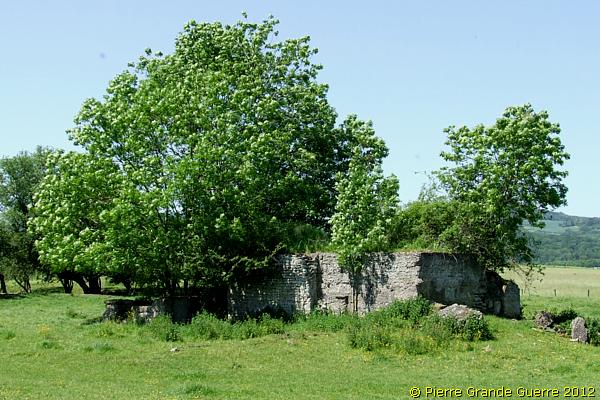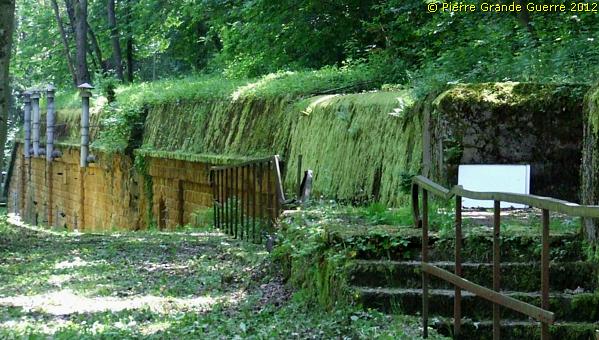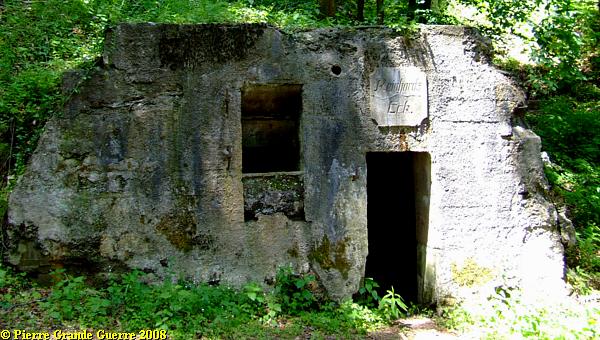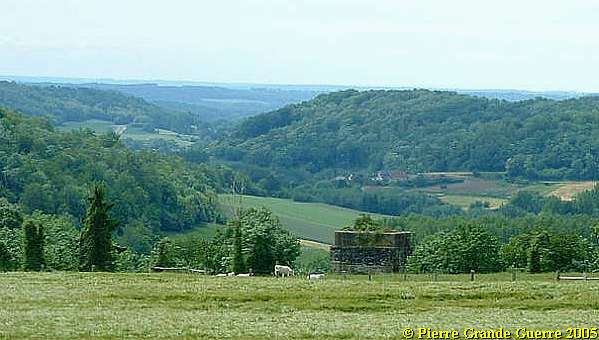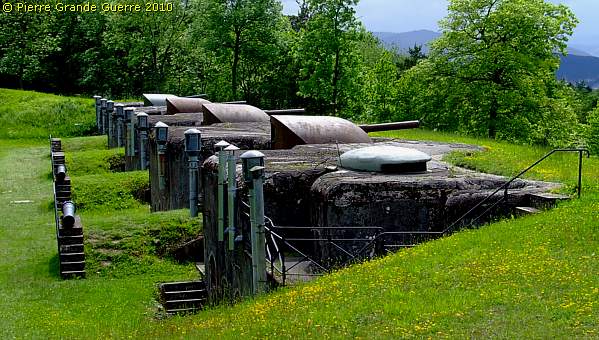ARTOIS - Canadian National VIMY Memorial
- by duda-wsm
- •
- 30 Apr, 2019
- •
SPECIAL Photo Impression - Year of visit: 2008
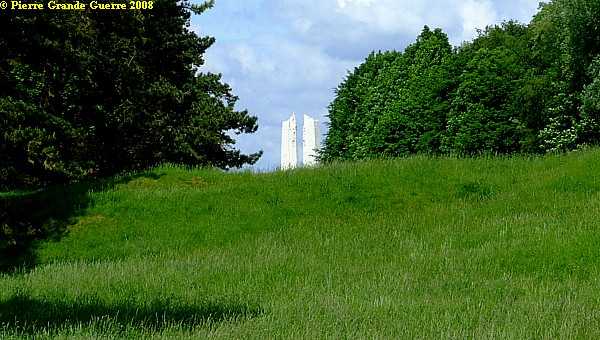

This memorial on Vimy Ridge or Hill 145 is Canada's most impressive tribute overseas to those Canadians, who fought and gave their lives in the First World War. Visitors approach the Memorial from the rear side.
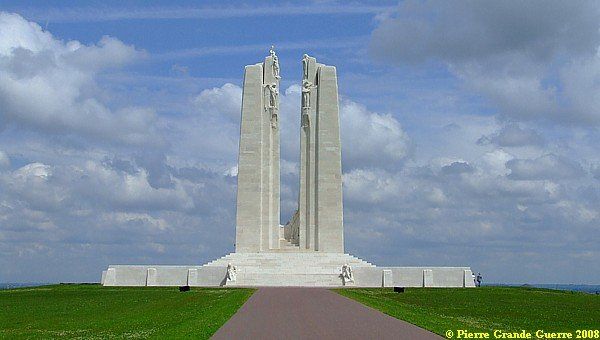
The Memorial marks the site of one of the main objectives of the Battle of 9 - 12 april 1917.
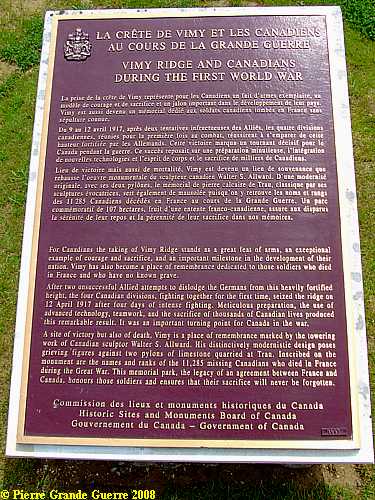
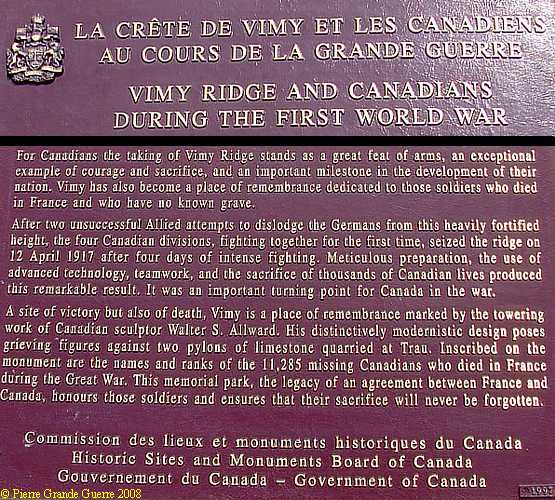
It stands as a tribute to all, who served their country in battle in France and Flanders, and particularly to those who gave their lives.
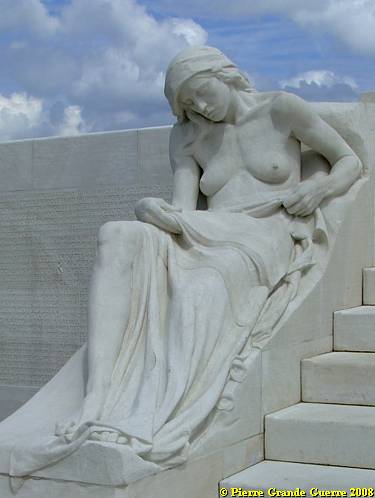
At the base of the Memorial, these words appear in French and in English:
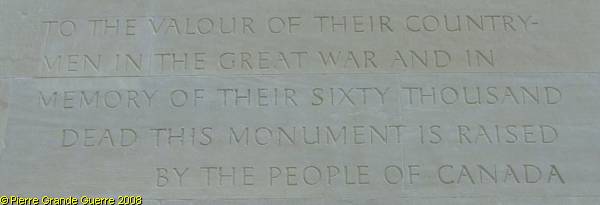
Designed by Canadian sculptor and architect, Walter Seymour Allward, the monument took 11 years to construct it. It was inaugurated in 1936.
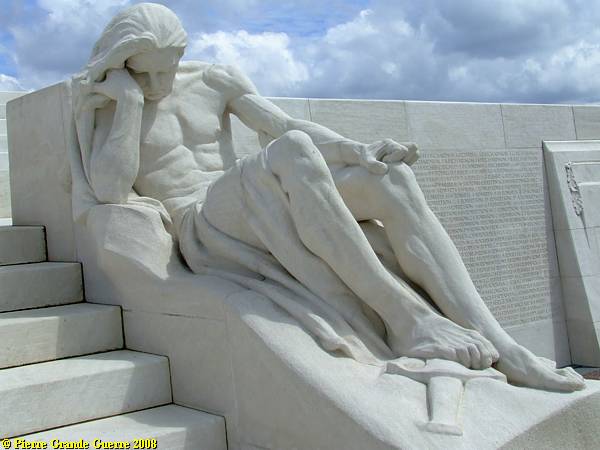
Inscriptions: years and names of all the battlefields in Flanders and France, where the Canadians fought during the Great War.
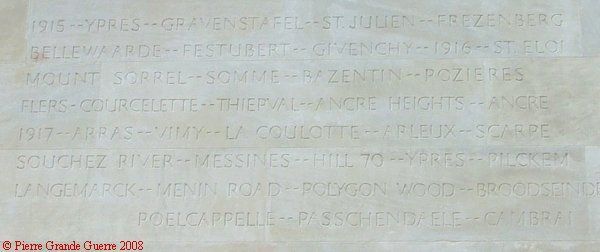
The Canadian National Vimy Memorial overlooks the Douai Plain from the highest point of Vimy Ridge, about ten kilometres north of Arras.
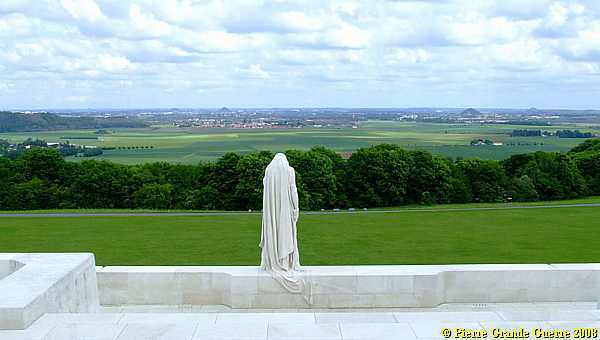
This grieving figure of a cloaked woman represents Canada. It represents a young nation mourning her dead.
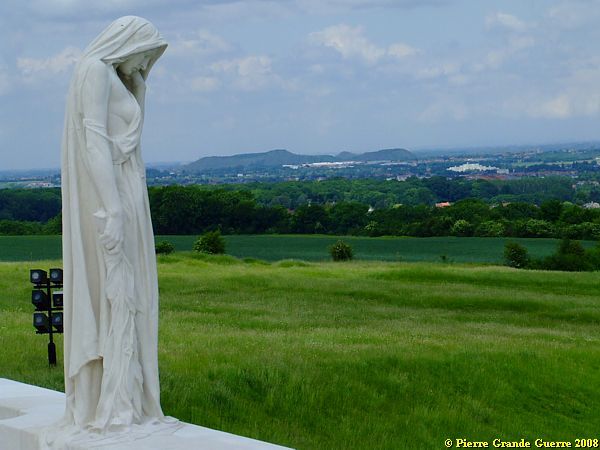
I take you with me in a panorama view in 5 steps; from left (north) of the statue to the right. Lens ...
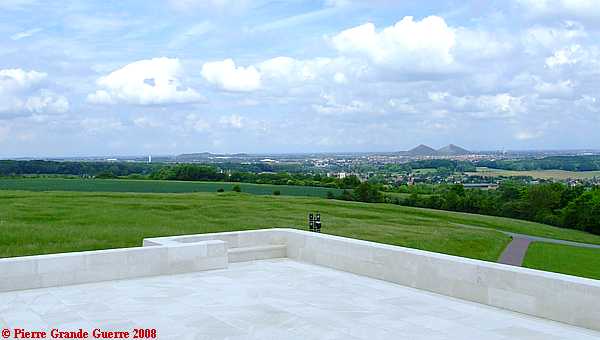
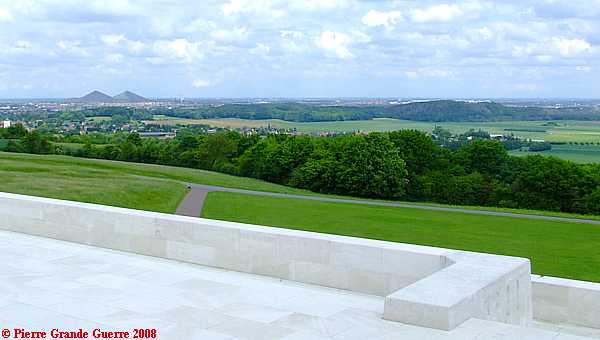

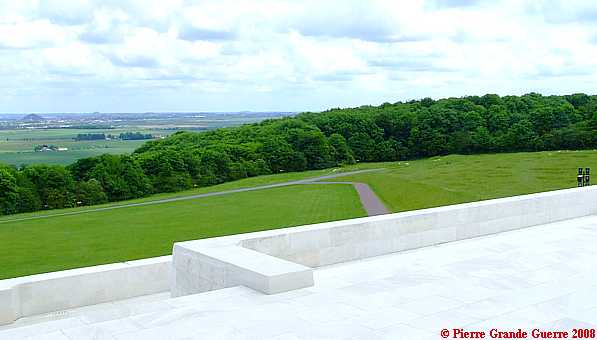
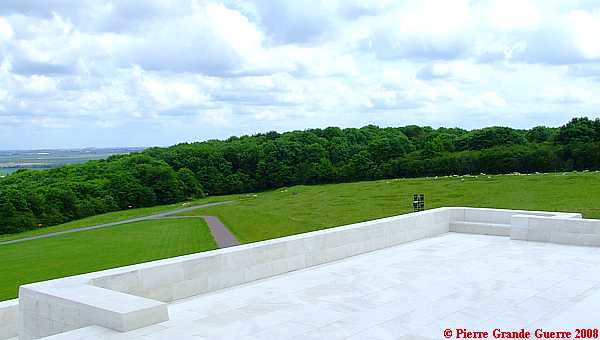
A teleview from this point at the sheep, wandering around on the battlefield in a restricted danger area. Notice the shell holes.
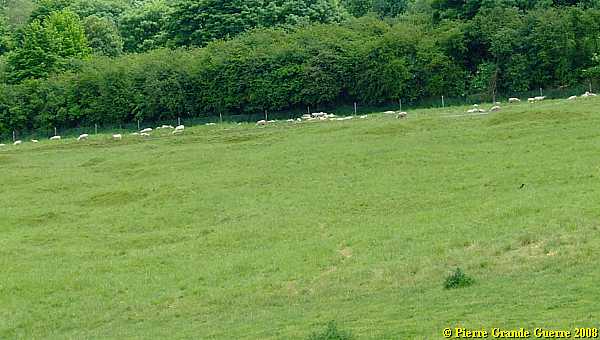
The shell holes around the Memorial remind us, that we are on the former battlefield.
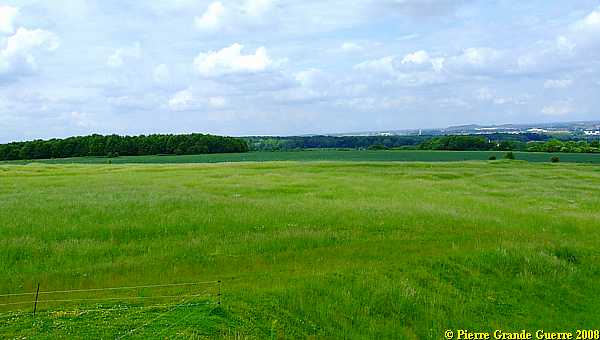
From 2004 until 2006 the Memorial was closed for restoration work, including cleaning the statues and the recarving of names.
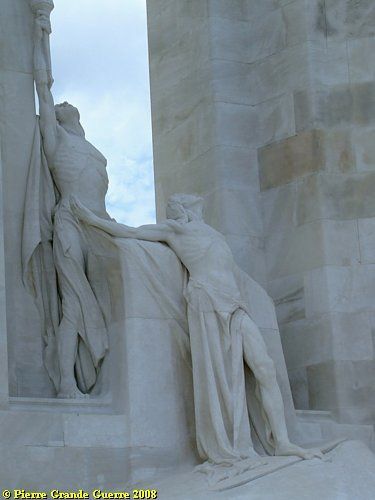
Carved on the walls of the monument are the names of 11,285 Canadian soldiers, who were killed in France, and who are without a known grave.
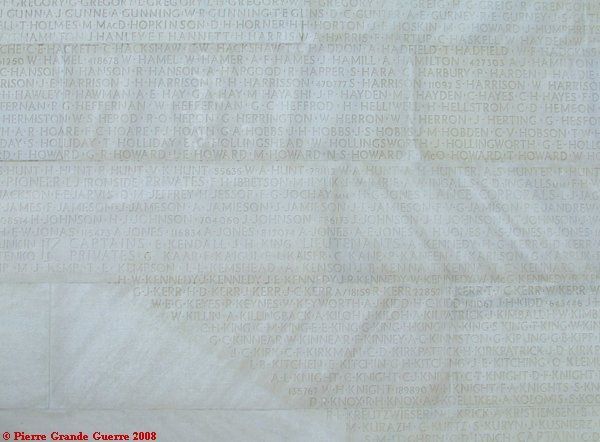
The figures were carved, where they stand now, from huge blocks of limestone.
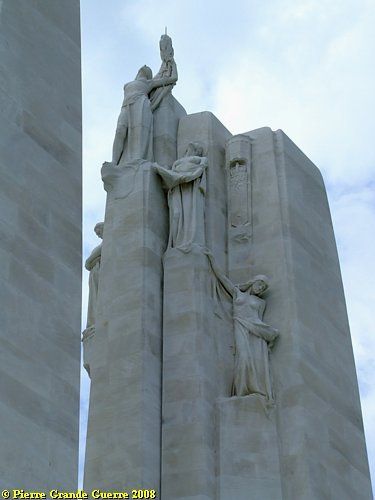
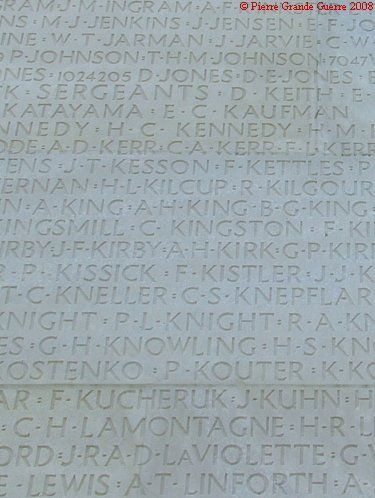
In a ceremony on 9 April 2007 the restored Memorial was rededicated by the Queen of Canada, Elizabeth II, commemorating the 90th anniversary of the battle.
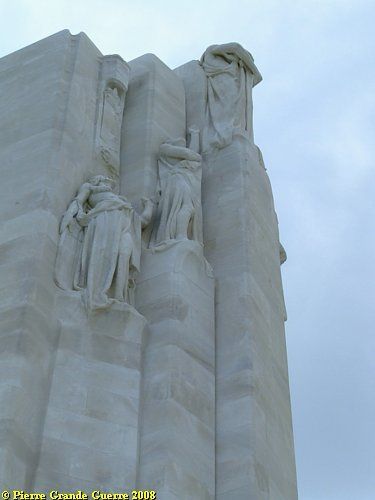
Sometimes you will remark double names, like: "G.S. Hodkinson served as P. Childs". The phrase "served as" indicates the soldier's real name.
Canada was a place for escape, a safe haven, and a place to hide. Soldiers were using other names also to enlist for several other reasons.
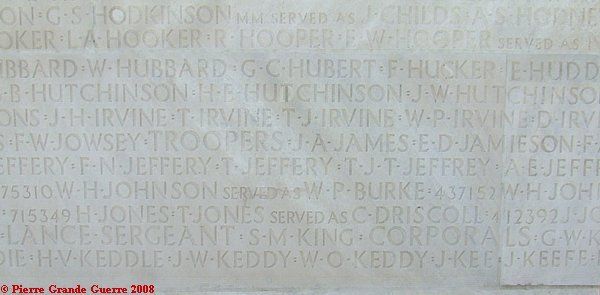
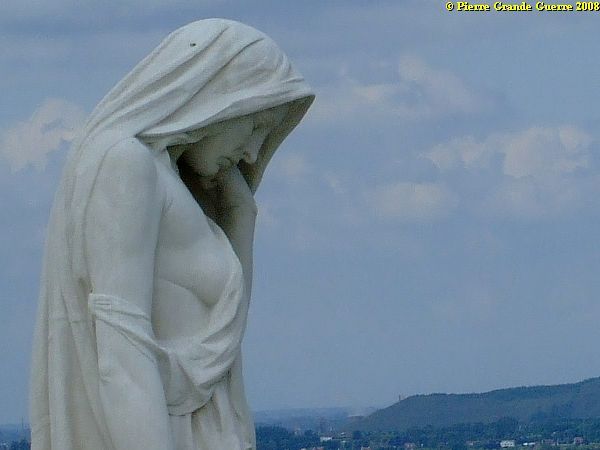
As my COPD was playing one of it's nasty games with me that afternoon, my Dutch friend, Netperk, who accompanied Christine and me for a few days, offered to take over my camera. The talented Netperk photographed for me the lower east and front side of the Memorial.
It is quite an exception, but from here on this page I give very gratefully room to my friend's pictures .
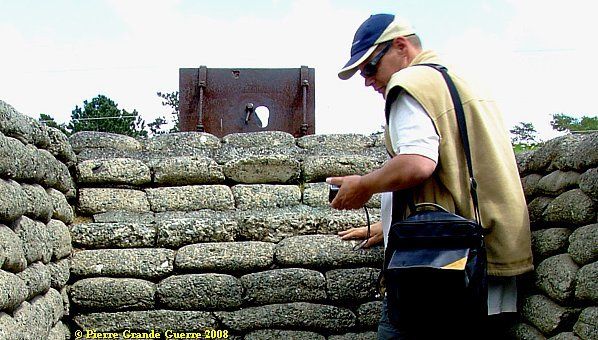
The front side
The Memorial rests on a bed of 11.000 tonnes of concrete, reinforced with hundreds of tonnes of steel. The two 90 feet high pylons represent France and Canada.
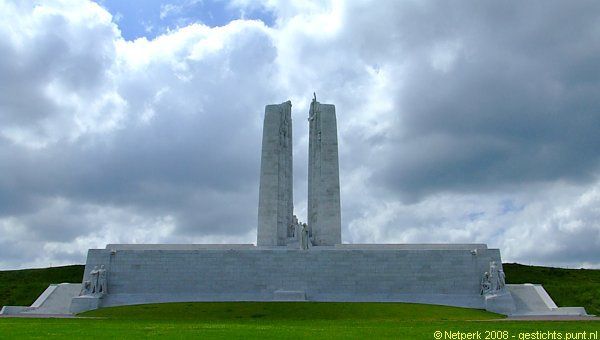
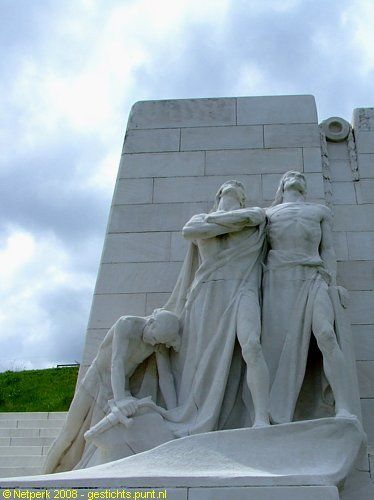
The towering pylons and sculptured figures contain almost 6.000 tonnes of Dalmatian limestone, ...
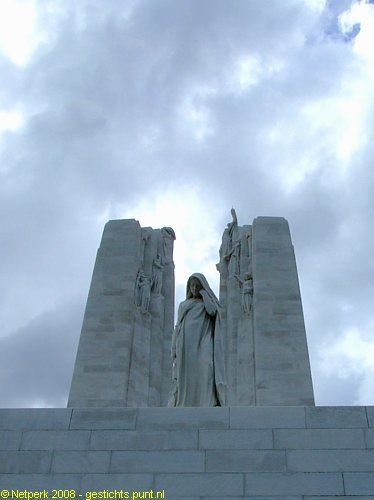
... brought to the site from an abandoned Roman quarry on the Adriatic Sea (in nowadays Croatia).
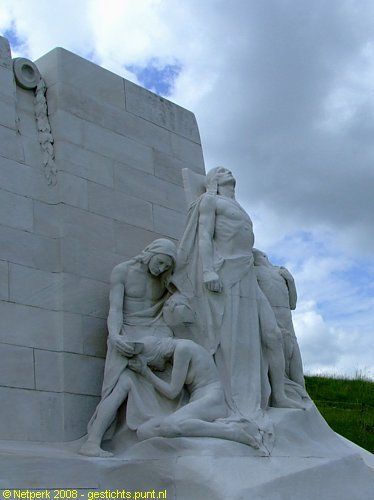
Below the cloaked mourning "Canada" is a tomb, draped in laurel branches and bearing a helmet and sword.
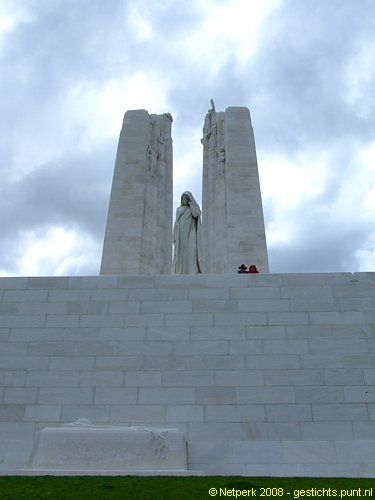
The Latin inscription on the sarcophagus tells:
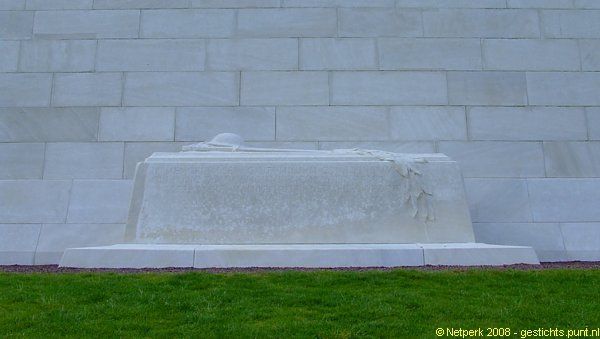

With Netperk's last picture we leave the Canadian National Vimy Memorial.


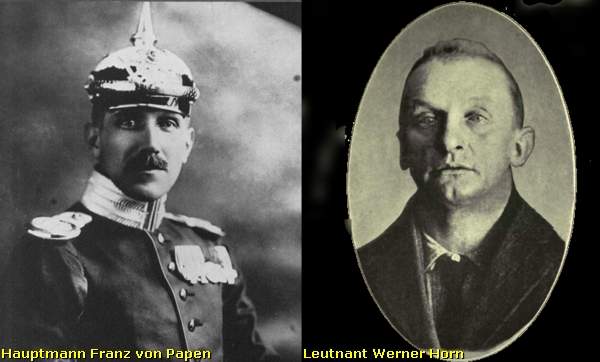
Inleiding: Franz Von Papen & Werner Horn; schaker en pion
Onlangs stuitte ik in een oud boek (1) van 1919 op een opmerkelijk verhaal over een Duitse Luitenant, die in begin februari 1915 een half geslaagde bomaanslag pleegt op een spoorbrug over een grensrivier tussen de Verenigde Staten en Canada. Ook al staat de bekentenis van de dader, Werner Horn, deels in het boek te lezen, de naam van zijn opdrachtgever zal Horn blijven verzwijgen. Na wat verder zoeken vond ik ook de naam van Horn’s opdrachtgever, Franz von Papen, een van de aangeklaagden van het latere Neurenberg Proces in 1946.
In een Grote Oorlog als de Eerste Wereldoorlog is Horn’s aanslag op de brug uiteraard slechts een bescheiden wapenfeit. Toch vermoed ik dat dit relatief onbekende verhaal, dat de geschiedenis is ingegaan als de “ Vanceboro International Bridge Bombing ”, nog interessante kanten kent. Het is onder andere een spionageverhaal over hoe in een groter plan een sluwe schaker zijn naïeve pion offert.
Beknopte situatieschets Canada en de Verenigde Staten in 1915

This trip we start at the Léomont near Vitrimont and we will with some exceptions concentrate on the Battle of Lorraine of August-September 1914 in the area, called, the “Trouée de Charmes”, the Gap of Charmes.
After the Léomont battlefield we continue our explorations to Friscati hill and its Nécropole Nationale. Next we pay a visit to the battlefield of la Tombe to go on to the Château de Lunéville. There we cross the Vezouze to move on southward to the Bayon Nécropole Nationale. At Bayon we cross the Moselle to pass Charmes for the panorama over the battlefield from the Haut du Mont. North-west of Charmes we will visit the British Military Cemetery containing 1918 war victims. From Charmes we go northward to the battlefield of the First French Victory of the Great War, the Battle of Rozelieures of 25 August 1914. North of Rozelieures we will visit the village of Gerbéviller. From there we make a jump northward to visit the ruins of Fort de Manonviller to finish with an interesting French Dressing Station bunker, west of Domjevin.
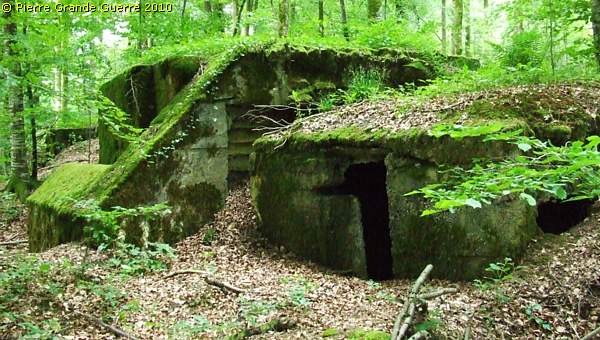

During this visit, we try to focus on the day that the momentum of the battle switched from the French side to the advantage of the Bavarian side: the day of 20 August 1914, when the Bavarians rapidly re-conquered the territory around Morhange , being also the day of the start of their rather successful “Schlacht in Lothringen”.
We will visit beautiful landscapes of the "Parc Naturel Régional de Lorraine", memorials, ossuaries, and cemeteries. Sometimes we will divert to other periods of the Great War, honouring Russian and Romanian soldiers, who died in this sector. We start our route at the border village of Manhoué, and via Frémery, Oron, Chicourt, Morhange, Riche, Conthil, Lidrezing, Dieuze, Vergaville, Bidestroff, Cutting, Bisping we will finish in Nomeny and Mailly-sur-Seille, where the Germans halted their advance on 20 August 1914, and where they constructed from 1915 some interesting bunkers.
